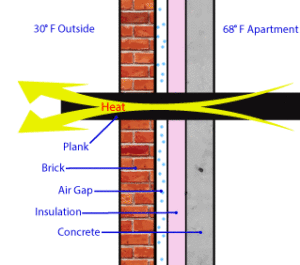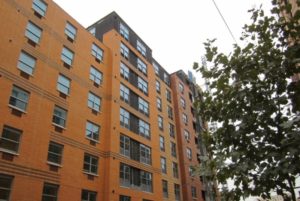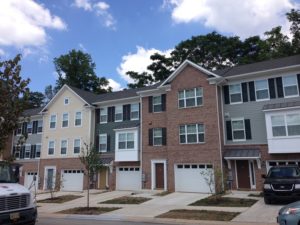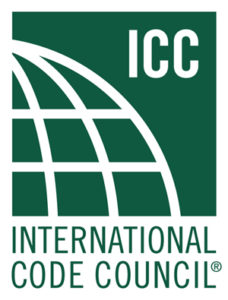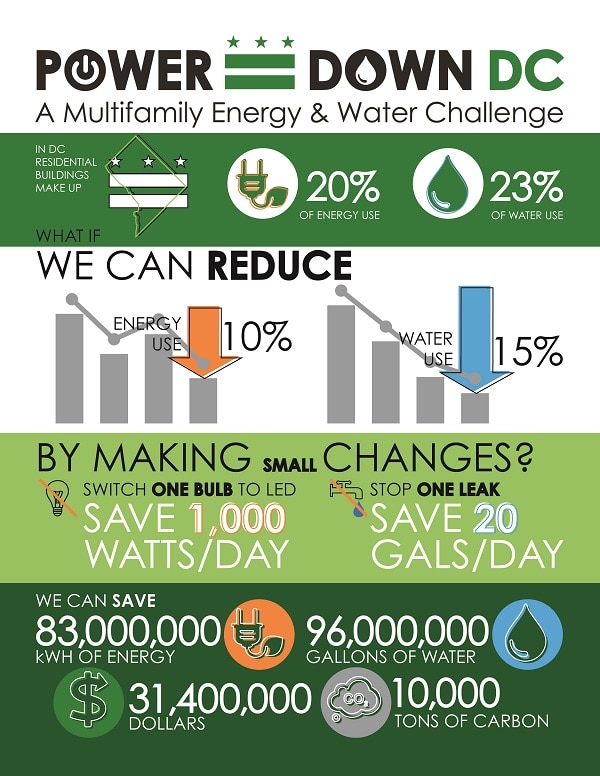- February 02, 2017
- 0 Comments
- In High-Performance Construction
- By Steven Winter Associates
Welcome to part three of the air sealing blog post series! In previous posts, we have reviewed the substantive changes in 2016 New York Residential and Commercial Energy Code, focusing specifically on the new blower door testing requirements. In this blog post, we’ll examine how these requirements stack up in comparison to green building certifications that we are already familiar with: LEED for Homes, LEED BD+C, ENERGY STAR® Certified Homes, ENERGY STAR® Multifamily High-Rise (ES MFHR) and Passive House (PH).
To make this easier to digest, we’ve divided this comparison into two parts – compartmentalization and building envelope. If you need a refresher on the difference between these two types of blower door tests, we recommend referring to the article “Testing Air Leakage in Multifamily Buildings” by SWA alumnus Sean Maxwell.

